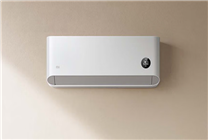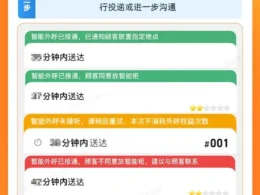Domestic Air Conditioner Sales Decline Amid Market Adjustments
Summary:
- In October 2023, domestic air conditioner sales dropped by 19.8% year-on-year, with only 5.61 million units sold.
- Export figures also suffered, decreasing by 14.7% to 6.34 million units.
- The downturn is attributed to adjustments following the phasing out of national subsidies and changes in consumer demand.
Last year marked a significant surge in the air conditioning market due to the national subsidy policy, leading to an 82.1% year-on-year increase in retail sales from October to December 2022. However, the latest data from Aowei Cloud Network indicates a stark contrast for October 2023, with domestic sales plummeting to 5.61 million units, representing a 19.8% decrease compared to the previous year.
Conversely, export numbers reflect a similar trend, with 6.34 million units shipped abroad, down 14.7% year-on-year. This situation underscores the challenges faced by the industry, which is currently grappling with the aftermath of last year’s unprecedented demand. The rapid consumer demand witnessed last year permitted manufacturers to release a significant volume of air conditioners ahead of time, leading to the current market readjustments.
Factors Influencing the Decline
-
Phased Implementation of Subsidies: While the national subsidy policy continues to be in effect, the industry is currently in a waiting period for the disbursement of the final round of funds. The pace at which these funds are allocated plays a crucial role in the cash flow of enterprises and impacts their production plans.
-
Adjusted Market Expectations: The sustained high demand resulting from last year’s subsidies has altered market dynamics, making it challenging to replicate similar growth within the same cycle. Companies are adopting conservative production strategies in response to the changing landscape, directly affecting manufacturing schedules.
- Dependency on Promotions: The reliance on consumer promotions has further complicated market performance this year. Due to the previous overdraft of demand, it has become increasingly difficult to stimulate renewed growth in consumer interest, resulting in lower year-on-year sales figures.
Challenges Ahead
As the industry moves forward, the challenges are clear: balancing production with fluctuating consumer demand while navigating the complexities of subsidy allocations. Business strategies will likely continue to orient around a more conservative approach, refraining from over-investment until market signals indicate a sustainable recovery.
The importance of adapting to these changes cannot be overstated. Companies that can effectively gauge the evolving demands of consumers and strategically allocate resources may be better positioned to weather the current financial climate.
Conclusion
In conclusion, the air conditioning market is facing a critical juncture as it navigates through a period of correction post-subsidy boom. While challenges abound, opportunities for strategic adaptation and consumer engagement remain essential for reversing current trends. Stakeholders in the industry must remain attentive to market signals to align production and marketing strategies effectively.









